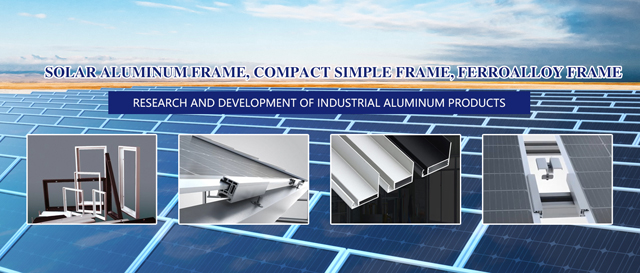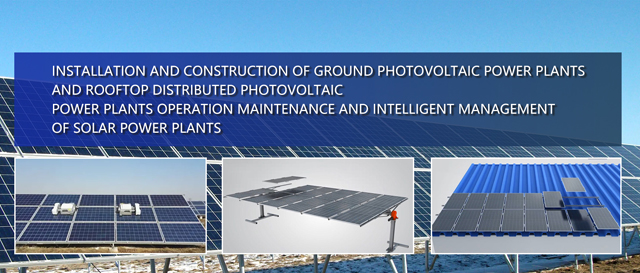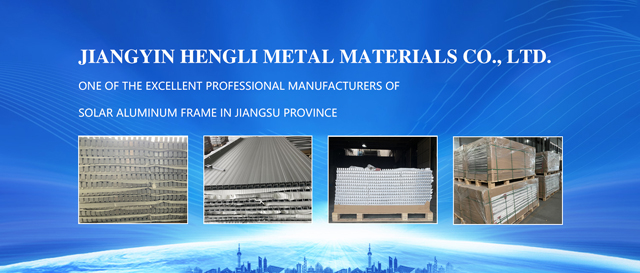German and Belgian researchers have jointly developed a new perovskite/copper indium diselenide (CIS) tandem solar cell with a photoelectric conversion efficiency of 25%, the highest of its kind so far. Flexible, lightweight, and versatile, the solar cells are expected to be used in vehicles, portable devices and foldable devices. The latest research was published in the journal ACS Energy Letters, a subsidiary of the American Chemical Society.
Perovskite is a new type of material with a special crystal structure. In the past 10 years, perovskite solar cells have progressed rapidly, and their photoelectric conversion efficiency is comparable to that of the prestigious silicon solar cells.
Stacking of two or more cells can improve the efficiency of solar cells. If each solar cell in the stack can efficiently absorb light from a different part of the solar spectrum, the inherent losses can be reduced and the photoelectric conversion efficiency of the entire cell can be improved. Because perovskite solar cells are "versatile", they have become the "leader" in the field of stacked solar cells. Tandem solar cells using perovskite and silicon achieved the highest photoelectric conversion efficiencies of over 29%, significantly higher than cells made with perovskite (25.7%) or silicon (26.7%) alone.
In the latest study, an international research team led by Dr. Marko Preciado from the Karlsruhe Institute of Technology successfully produced perovskite/CIS tandem solar cells with a photoelectric conversion efficiency of up to 24.9%, a promising technology for this type of technology. The highest photoelectric conversion efficiency so far.
Combining perovskites with other materials such as copper indium diselenide or copper indium gallium diselenide could lead to flexible and lightweight tandem solar cells, according to the researchers. The battery can be installed not only on buildings, but also on vehicles and portable devices, and can even be folded or rolled up for storage and extended when needed, such as on blinds or awnings, providing shade while also protecting generate electricity.
"The latest study demonstrates the potential of perovskite/CIS tandem solar cells, paving the way for possible future improvements in efficiency beyond 30%," said the researchers.

 INDEX
INDEX

